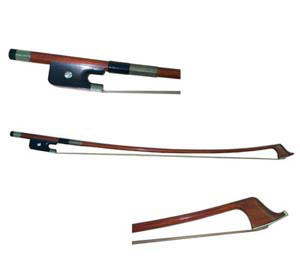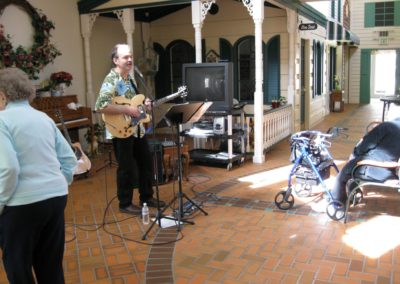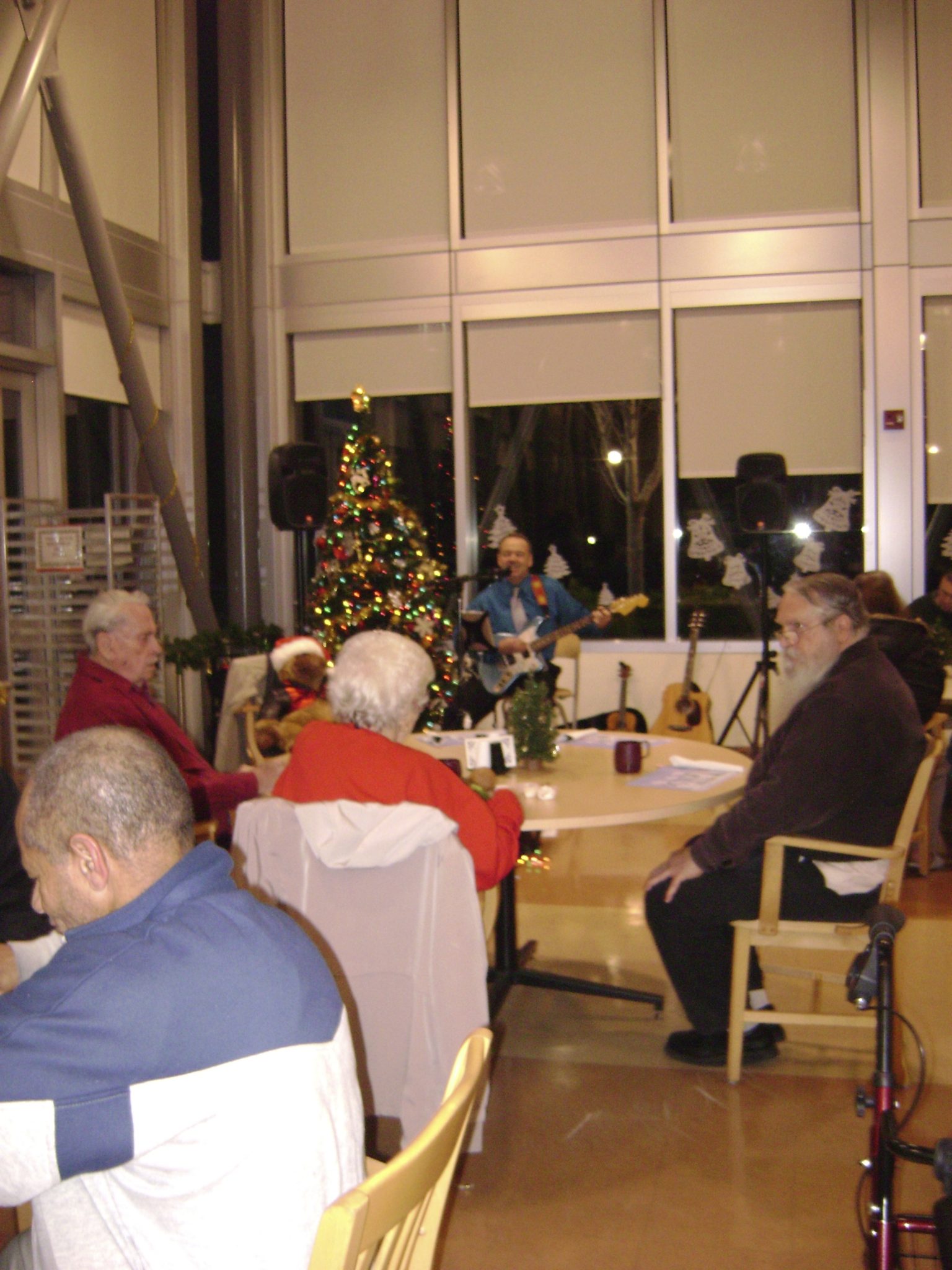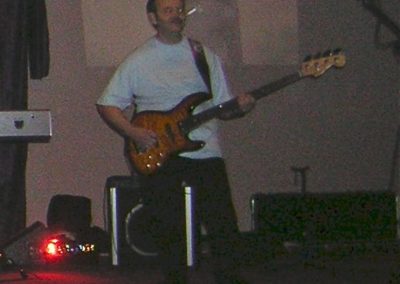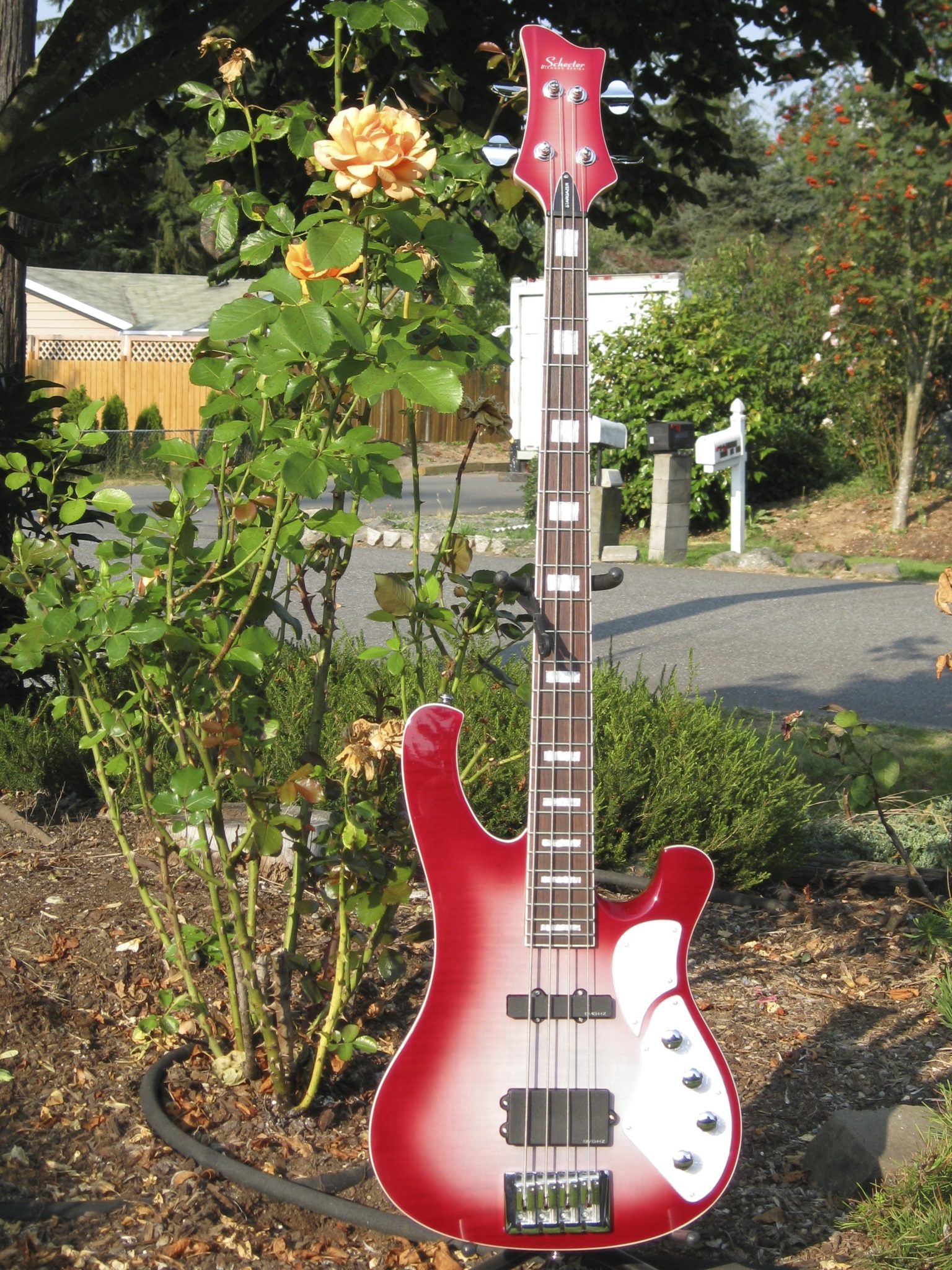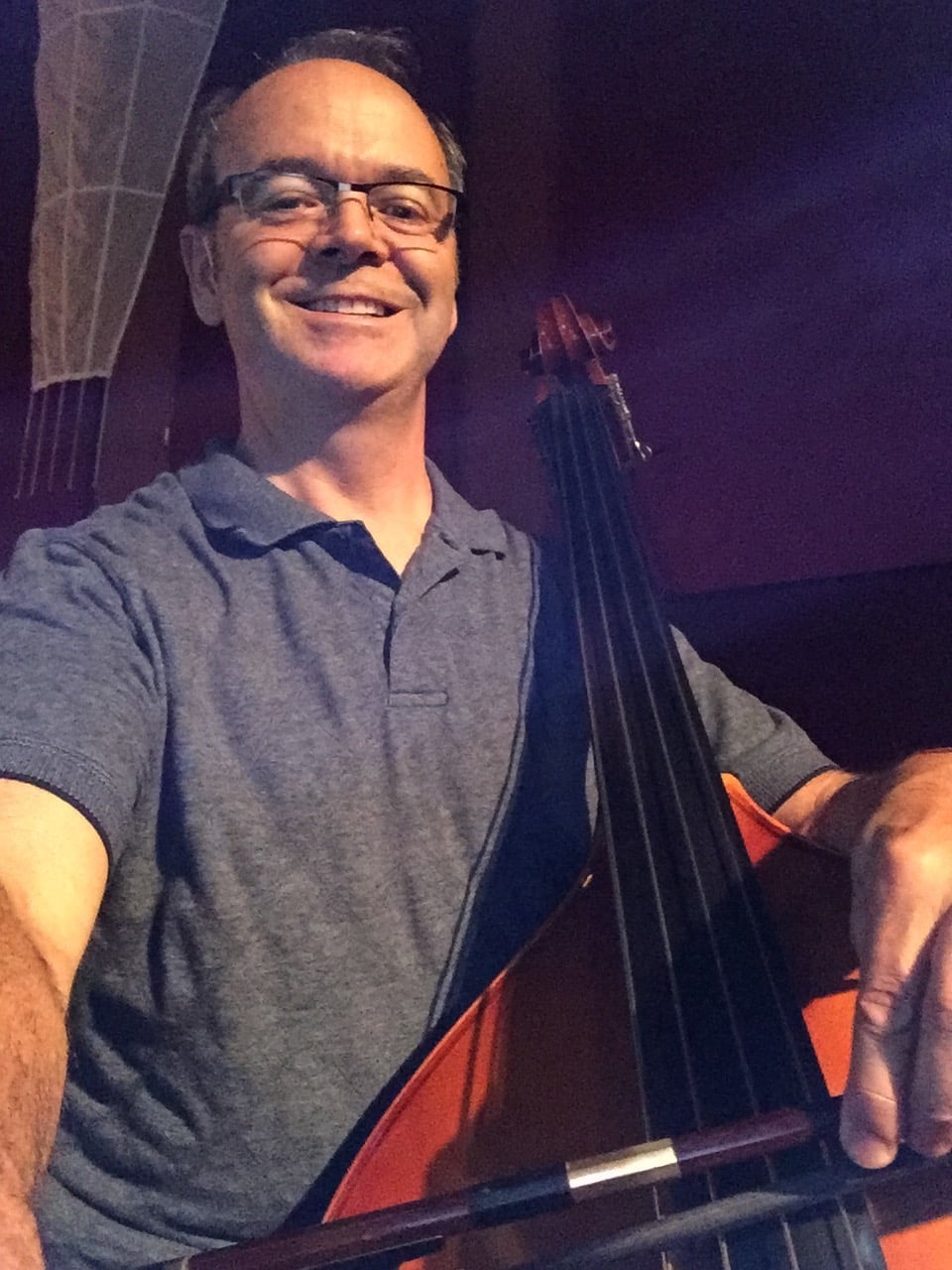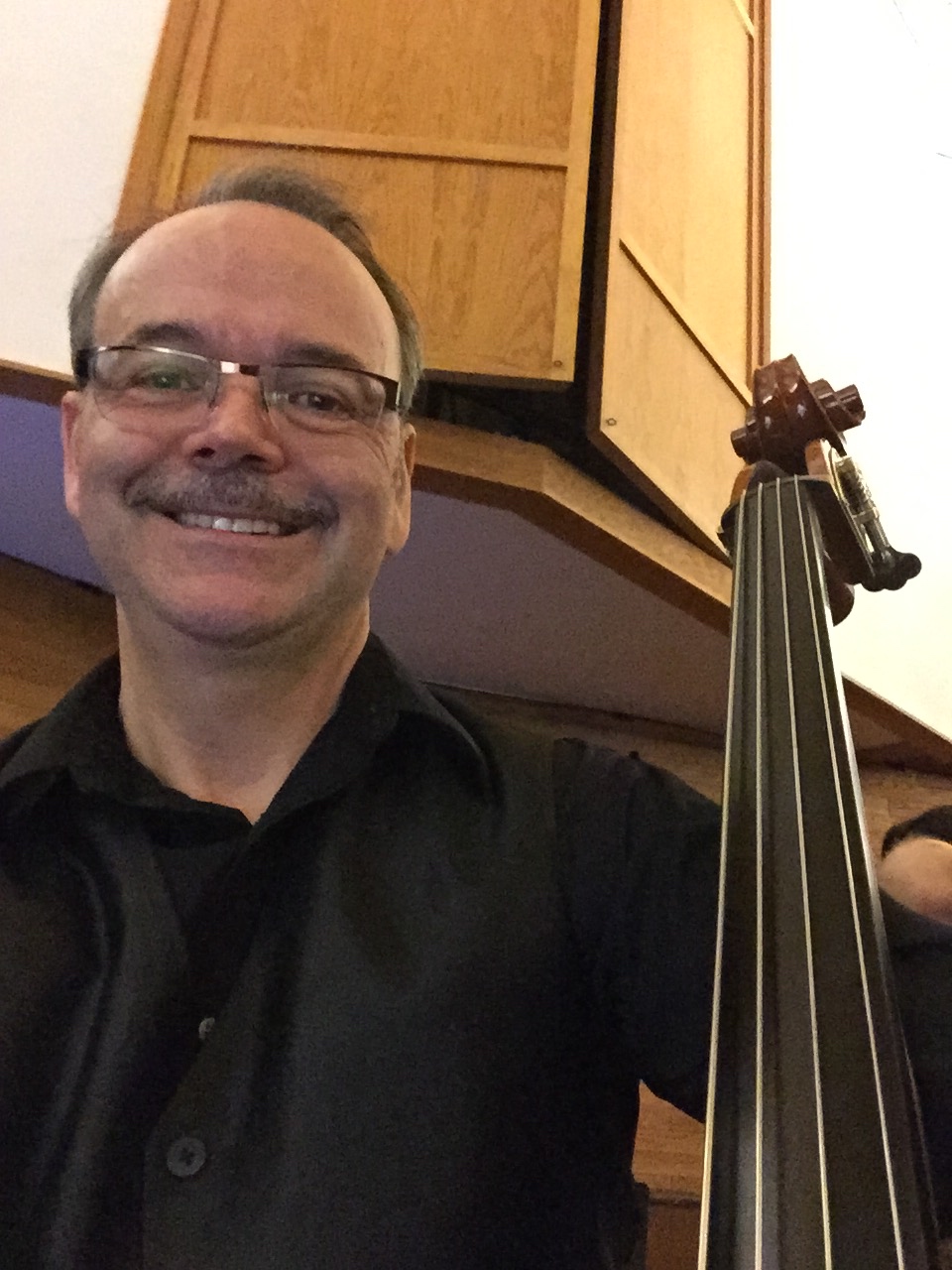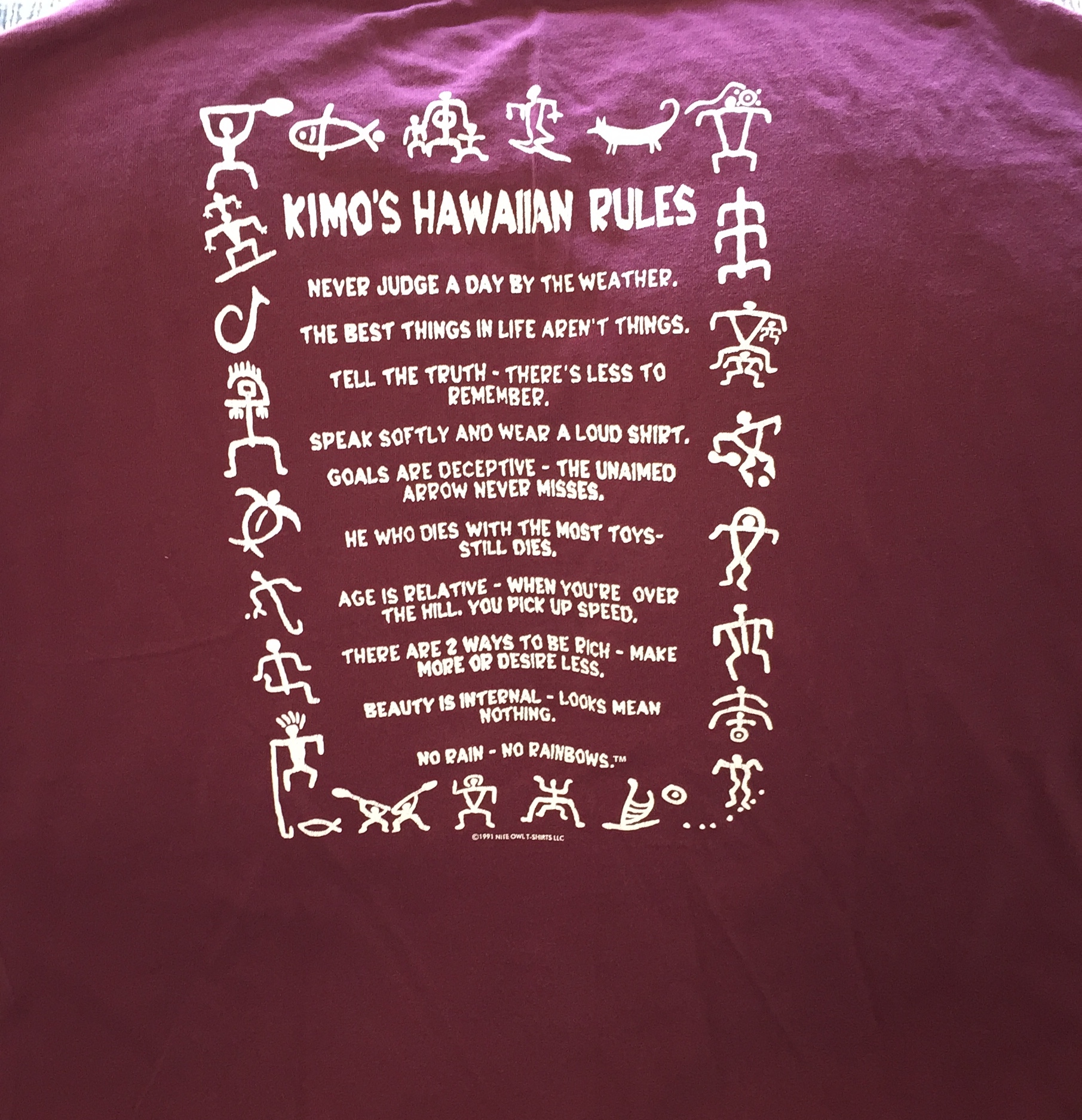Become an Insider
Get a free gift....
and get to know me
DB-3 The Parts of the Double Bass
Watch The Video Lesson
Common Double Bass Construction terms…
The anatomy of the bass is pretty simple, many of the names are like the human body! This should fill you in on all that, so that you know what I am talking about in my lessons!
First of all, you need to know that there are multiple names people use to refer to this instrument. Here are most of them that I know of and the genre of music that typically uses that term:
- Double Bass – Classical
- Contra Bass – Classical
- Upright Bass – Jazz, Blues…. “Upright” distinguishes it from the electric bass.
- String Bass – Classical, Jazz/Blues
- Bass Viol – I’m not sure who typically uses this term…..Please let me know, if you know the answer!
- Bass Fiddle – Bluegrass, Country
- Doghouse Bass – Bluegrass, Country
These are some of the terms you will see when people talk about the bass. I will try and add to this over time to have a complete list of bass parts! 🙂
Bass Anatomy
Thanks to Bottesini for the diagram.*
Scroll
The part at the end of the neck where the strings stop and we find the tuners.
Pegbox
The squared-off opening in the top of the neck where the strings are wound onto the tuning machine posts.
Tuning Machines
The mechanism that you turn to change the pitch of the strings located within the scroll. Also known as tuning keys or tuners
Nut
An ebony piece at the end of the fingerboard near the scroll.
Neck
The part that attaches to the body, which the strings run along.
Fingerboard
The part of the bass where you place your fingers to play; the front side of the neck, normally made of ebony.
Body
The main part of the bass, where you’ll find the bridge and the “F holes”. This is easy to remember: the body is the part that is shaped like a female body!
Belly
The top, or front of the bass, usually spruce. The back and sides of basses are usually maple.
Shoulders
The top part of the body below the neck joint; more sloping shoulders can be useful to soloists and other thumb position players, for easier access.
Ribs
The curved sides of the bass that create the body’s depth.
Bouts
These sections of the bass are defined by the shape of the top: upper, “c” (the middle, indented section), and lower.
Bridge
The piece of wood on which the strings ride over before they attach to the tailpiece. It is on the far end of the strings from the nut, held by the tension of the strings onto the belly of the bass. The bridge is the key piece used to transmit the vibrations from the strings to the body of the bass.
Tailpiece
This part secures the strings through the keyholes at the top, and is held in place by the tension of the Tailgut at the bottom. It is typically made of ebony or whatever hardwood matches the fingerboard. Its weight can be a critical contributor to the sound of the bass, so light ebony is often favored, but as with most parts, it depends on the instrument. Tailpieces are can also made of composite materials, metal, exotic woods, and there are even devices that use nothing but wire in order to eliminate the mass of the tailpiece
And then, there is the BOW:
Bows
The bow is what makes the sting vibrate as you pull it across the string. Many bows are made from Pernambuco, also known as Brazilwood, and it is regarded as an excellent quality stick material, but as it is getting scarce, other materials are beginning to be used. Less expensive student bows may be constructed of solid fiberglass. The bass bow comes in two styles. The “French” or “overhand” bow is similar to the bow used on the other orchestral string instruments such as the violin, while the “German” bow is typically broader and shorter, and is held in a “hand shake” position.
The screw is found at one end of the bow and is used for tightening and loosening the hair.The hair is real horsehair taken from the tail. White hair is most commonly used. Black hair is sometimes used but is more coarse. Some players perfer a “salt and pepper” hair, which is somewhere between white and black in coarseness. The other end of the bow is called the tip, or point. The tip is the lightest and most fragile part of the bow. The bow is held at the frog, the heaviest part of the bow.
Thanks to Bottesini for the diagram.*
Please Click here to check out the rest of my music! Thanks! 🙂
Footnotes:
“Bassdiagram” by user:Bottesini of the English Wikipedia. Licensed under CC BY 2.0 via Wikimedia Commons – http://commons.wikimedia.org/wiki/File:Bassdiagram.jpg#/media/File:Bassdiagram.jpg
“French bow2” by Bottesini at the English language Wikipedia. Licensed under CC BY-SA 3.0 via Wikimedia Commons – http://commons.wikimedia.org/wiki/File:French_bow2.jpg#/media/File:French_bow2.jpg
Proof That I’ve Been Working
DB-2 What kind of bass should I get?
Watch The Video Lesson
A few tips about getting your first double bass:
- If you are in school use the school’s bass to get started learning the basics.
- When you’re ready for your own, you can RENT or BUY. (Take an expert with you: Your teacher or a friend who plays bass.)
- Local music instrument stores: Entry level and intermediate basses
- Larger cities should have a violin shop with some basses, or there might even be a bass specialty store.
- Classified ads. Caveat emptor!
Carved or laminated or both?
This is a deeply personal decision with many choices to make. I don’t pretend to be an expert, but I do share my thought process as I made my decisions. In general, there are three construction methods to choose from: A bass that is fully carved which is supposed to have a richer, more complex tone, one that is made of all laminated wood which is supposed to be more durable and for some genres of music where standing on or beating the bass is part of the act this could be a wise choice, or one that uses both carved and laminated wood which is supposed to give you both durability and a better tone than a completely laminated model. After that, you need to choose between new and used and from what country and manufacturer.
My bass is a Samuel Eastman VB-90 hybrid bass. You can watch the video of my review of the Eastman bass in the YouTube clip below.
DB-1 Frequently Asked Questions About My Bass Lessons
Watch The Video Lesson
What’s the purpose of this bass lesson series?
These lessons are different that other lessons that you may have come across. I am presenting them as my step-by-step journal and commentary from a student’s perspective as I learn how to play the double bass. In each lesson I will cover what I have just learned, any struggles I have had and how I have grown. I welcome your comments and questions on each one.
Am I too old to start learning the bass?
Absolutely not. I have to believe this since I’m no spring chicken myself! You’re never too old. If you are 60 instead of 16 it might take you a bit longer to master material, but again that depends on you and if you have prior musical training. My instructor told me that he thinks adult students learn better because they are more disciplined and focused.
How often do I need to practice?
It’s better to practice a little daily than a long session only once a week. Shoot for 15 minutes a day at first. You can increase it as you progress.
My fingers hurt, should I stop practicing?
It’s natural as calluses develop. If you have severe pain stop.
What strings should I use?
I chose Thomastik-Infeld Belcantos. Good for both arco and pizz. I may try some others in the future. Bass strings are not cheap.
Here are the string specs from the manufacturer, Thomastik Infeld:
- Core: specially twisted steel rope core; settles in quickly, they intonate extremely well; exceptional tuning stability
- Tone: dark and warm with excellent resonance; wide range of tone colors; easy to blend; pizzicato is open and free
- Sound: outstanding projection with moderate effort; sustains better than most other arco (bowing) string brands
- Playability: quick response to the bow; soft under your fingers; fantastic hybrid capability
Belcantos are for 3/4 size (and possibly some 7/8 or 4/4 depending on scale length) basses, with a scale length up to 110cm (43.3 inches). They have a steel rope core and are chromium wound.
Tension: G=28.25kg/62.2 lbs; D=27.75kg/63.3 lbs; A=29.25kg/64.4 lbs; E=28.75kg/63.3 lbs; Set=115kg/253.20 lbs.
What kind of rosin should I use?
Choosing rosin seems to be as individualized as choosing strings. There are many different brands and formulations of bass rosin. I started out using Pops rosin, which is a very popular rosin. It is very soft and it will literally melt if you leave it in a warm area, such as in your car in the sun. Pops gives a lot of grip, but it also leaves a lot of rosin dust on the strings and on the bass. I have also used Nyman-Harts, from Sweden. This rosin is harder than pops and leaves very little rosin dust on the strings and virtually none on the instrument. Currently I am trying Holstein’s rosin. I have both the “all weather” and the soft rosin. The all weather rosin worked well with my Holtz student bow, but I recently purchased a Pernambuco bass bow that has black horse hair and this bow seems to want a lot of rosin, so I have been trying the Kolstein soft rosin with it and so far it is working well.
How do I know when to move onto the next stage?
That’s a hard question to answer. It’s a combination of how comfortable and confident you feel personally with the material along with your instructor’s opinion, if you are studying with someone.
A Quick Intro to Christopher J.
I am Chris Hartzog and this is my website, Christopher J. Music. I live in the beautiful Pacific Northwest in the Seattle, Washington area.
I’ve loved music as long as I can remember. During many years of being a special needs parent to a very high needs child with autism, I started playing guitar again and started writing music. And through that experience I learned that music not only transcends languages, it also transcends disabilities.
Today my music covers a variety of styles and instruments from folk to blues/jazz, and classical to pop-rock. I am a multi-instrumentalist, playing guitar, bass (electric and upright), ukulele, keyboards, and a singer and songwriter. I also enjoy playing classical music on the double bass with my local community symphony orchestra. And, I write, arrange, record and produce songs and put them on this website for people to download and hopefully share and enjoy.
Some Music
Go to the music store page for a complete catalog.
No Results Found
The page you requested could not be found. Try refining your search, or use the navigation above to locate the post.
Some Videos


